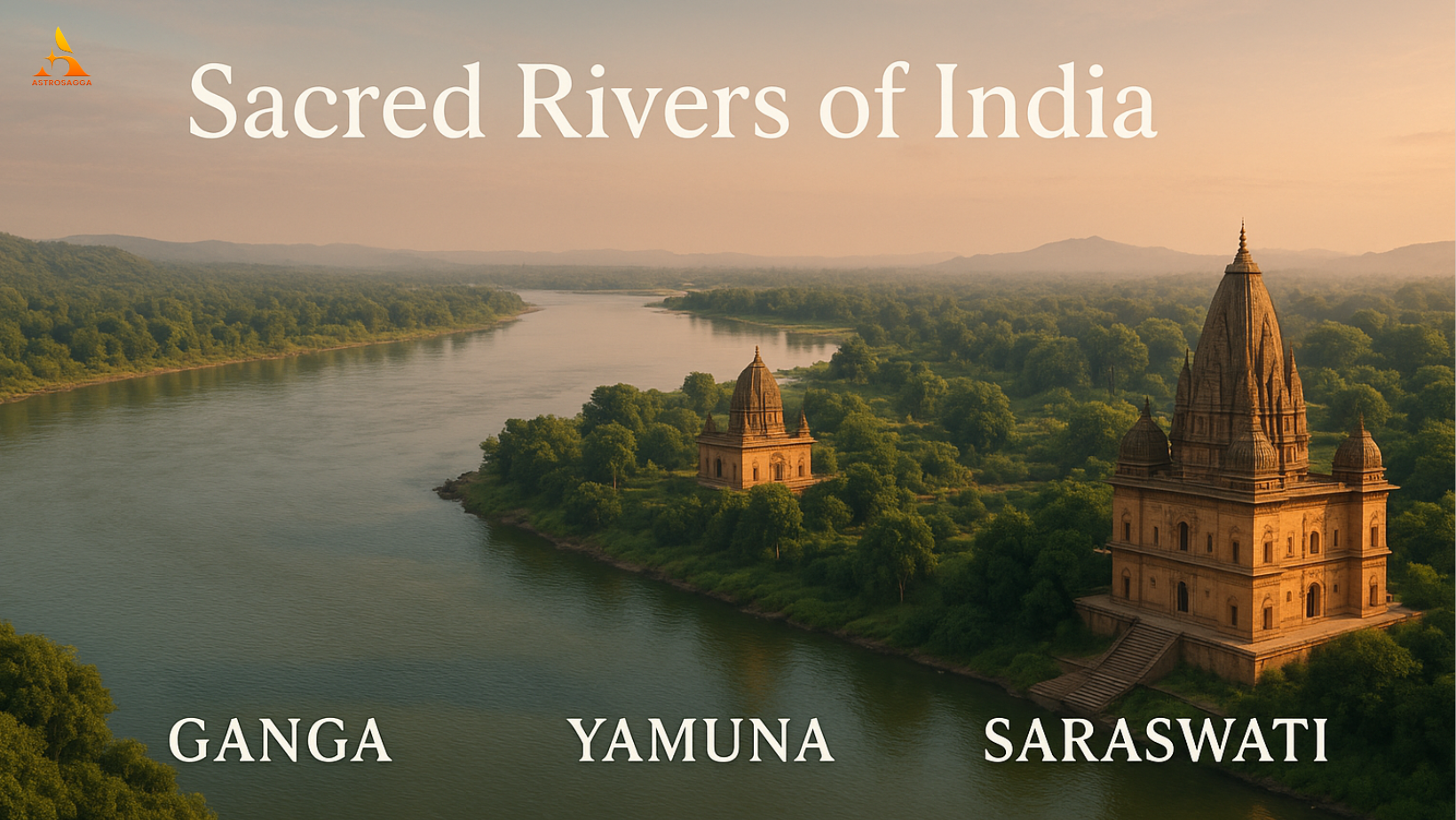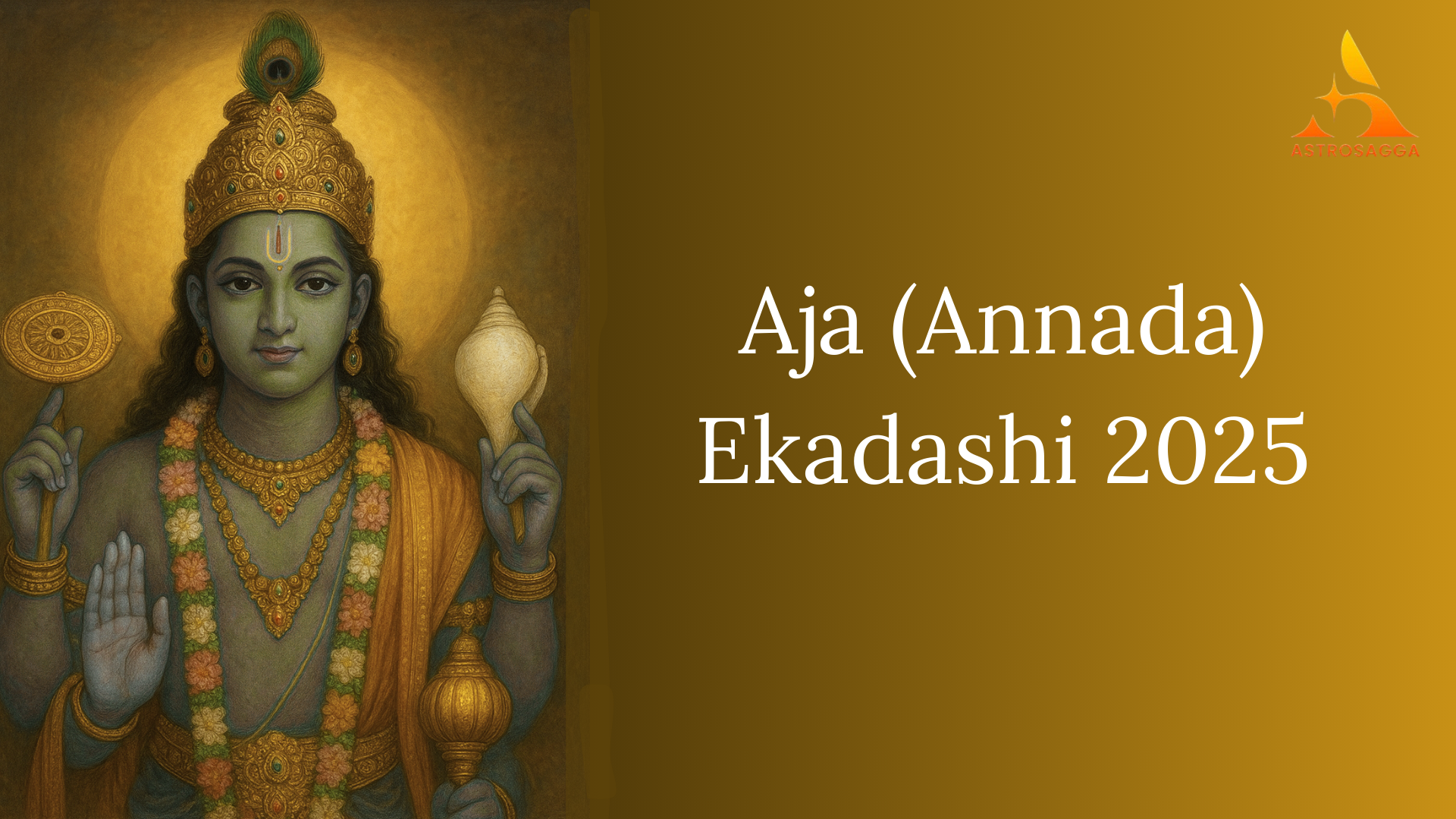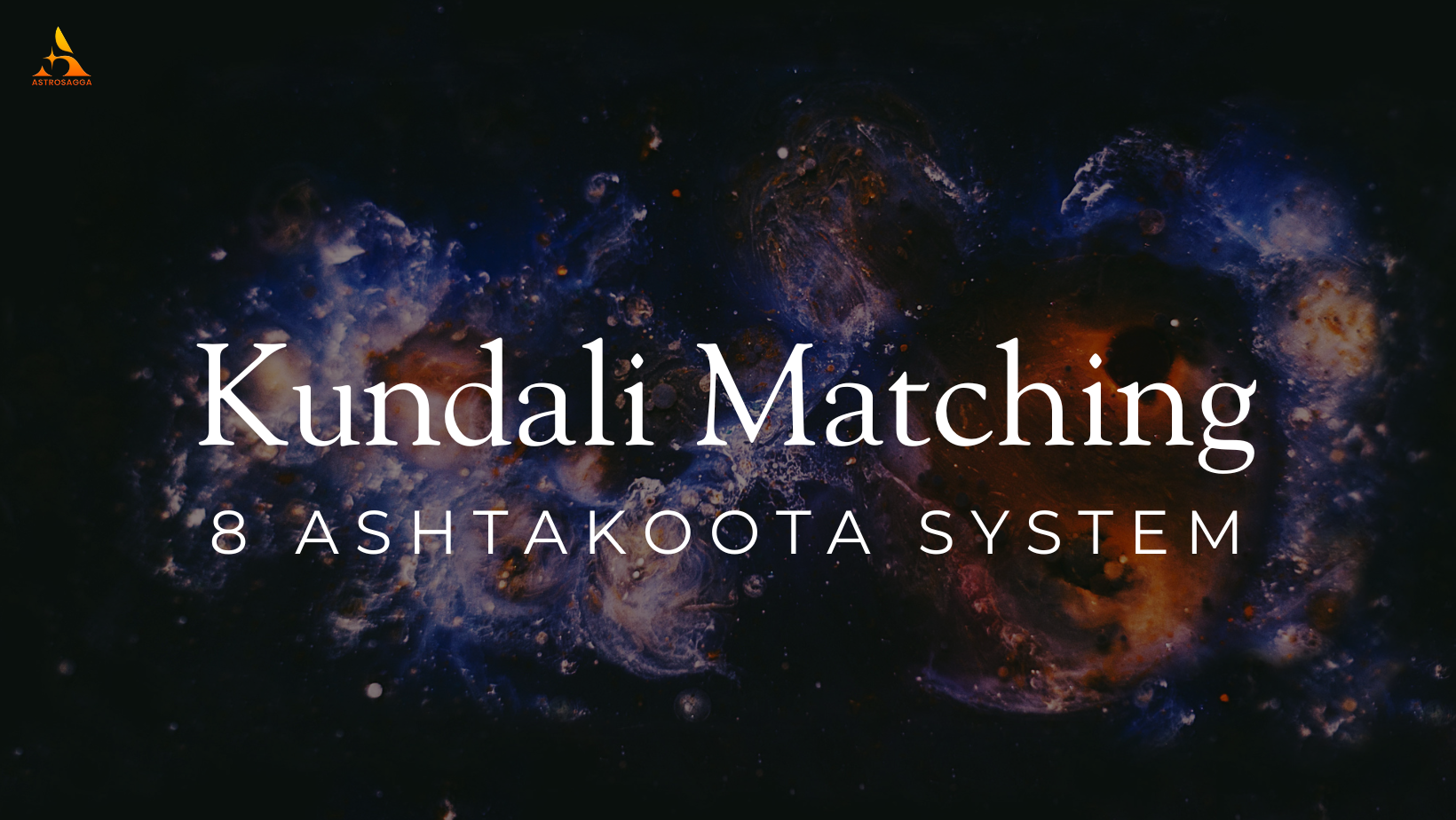India is a land of rivers, temples, and spiritual stories. Among its thousands of rivers, Ganga, Yamuna, and Saraswati are known as the most sacred. These rivers are not just natural sources of water—they are considered divine mothers, protectors, and guides of human life.
In this blog, we’ll explore their significance, ancient beliefs, and why people still look to these rivers for blessings, purification, and peace.
Ganga – The River of Liberation
Ganga’s Divine Descent
The river Ganga is considered the most sacred river in India. People across the country believe that Ganga came from the heavens to bless the Earth. It is said that her flow was too strong for Earth to handle, so Lord Shiva allowed her to fall on his hair first, which softened her descent and guided her to flow gently across the land.
This act is considered a divine blessing, and even today, Ganga is treated with the same devotion as a mother.
Path and Presence
Starting Point: Gaumukh (Gangotri Glacier), Uttarakhand
Major Cities Along the River: Rishikesh, Haridwar, Varanasi, Prayagraj, Patna, Kolkata
Final Merge: Bay of Bengal at Ganga Sagar
As Ganga travels from the Himalayas to the sea, she brings life to millions of people. Her water is used not only for drinking and agriculture but also for prayers, rituals, and festivals.
Spiritual Beliefs
Ganga is believed to cleanse sins and free the soul from the cycle of birth and death. This is why many people perform rituals and immerse the ashes of their loved ones in her waters, hoping for their peaceful spiritual journey.
Ganga Aarti and Daily Worship
Cities like Haridwar and Varanasi are famous for the evening Ganga Aarti. Devotees light lamps and sing hymns to express gratitude and devotion. The sight of hundreds of lamps floating on the river is both emotional and powerful.
Ganga is not just a river—she is Maa Ganga, a symbol of forgiveness, hope, and liberation.
Read Also - Char Dham: Purpose, Places & Vedic Meaning
Yamuna – The River of Love and Faith
Divine Connection to Krishna
The Yamuna is known as the river closest to Lord Krishna. His childhood was spent on the banks of this river in Vrindavan and Mathura, where he played, danced, and shared divine love with Radha and the gopis. Because of this connection, Yamuna is seen as the river of love, devotion, and joy.
She is also believed to bless devotees with freedom from fear, especially the fear of death, making her presence both calming and protective.
Path and Presence
Starting Point: Yamunotri Glacier, Uttarakhand
Major Cities Along the River: Yamunotri, Delhi, Mathura, Agra
Confluence: Merges with Ganga at Triveni Sangam, Prayagraj
The Yamuna flows through the heart of North India, and despite facing pollution challenges, she remains a deeply respected spiritual source.
Worship and Rituals
At Yamunotri, one of the Char Dhams, devotees begin their sacred pilgrimage by visiting the temple of the Yamuna.
In Vrindavan, people perform pujas and aartis along her banks, especially during festivals like Janmashtami and Radha Ashtami.
Bathing in the Yamuna is believed to purify the soul and bring divine grace.
Symbol of Emotions
Where Ganga represents moksha (liberation), Yamuna represents bhakti (devotion). The love between Krishna and Radha is often seen as symbolic of the relationship between the soul and the Divine—pure, eternal, and unconditional.
Saraswati – The Hidden River of Knowledge
River of Wisdom
The Saraswati is a river that once flowed strongly across northern India. Today, it is believed to be flowing underground, hidden from the physical eye but still spiritually present. Saraswati is associated with Goddess Saraswati, the deity of knowledge, music, speech, and wisdom.
In ancient scriptures, Saraswati is often described as a powerful and vast river that nourished the Vedic civilization. Great sages and scholars performed sacred rituals and composed hymns near her banks.
Path and Presence
Believed Route: Originated in the Himalayas and flowed through parts of Himachal Pradesh, Haryana, Rajasthan, and Gujarat
Current Belief: Now flows underground and meets Ganga and Yamuna at Prayagraj (Triveni Sangam)
Although we do not see her today, the presence of Saraswati is spiritually accepted, especially during the Kumbh Mela, where pilgrims believe her invisible flow blesses the confluence.
Support from Ancient Texts and Science
Many Vedic texts describe Saraswati as the most important river of the time.
Recent research and satellite images show dry riverbeds in Rajasthan and Haryana that match the route of Saraswati.
These findings support the belief that Saraswati was once a mighty river that disappeared over time due to natural shifts.
Symbol of Wisdom and Speech
Saraswati is called the river of gyan (knowledge). Just as her waters nourished life, her spiritual presence nourishes the mind and soul. Students and artists pray to Saraswati before starting any learning or creative activity.
Triveni Sangam – The Sacred Union
At Prayagraj (Allahabad), the Ganga, Yamuna, and Saraswati come together in a confluence known as Triveni Sangam. This spot is one of the holiest places in India. It is said that bathing here washes away lifetimes of sins and brings inner peace.
Ganga is seen as clear and fast.
Yamuna is darker and calmer.
Saraswati, though invisible, is spiritually present.
Millions gather here during Kumbh Mela, one of the largest spiritual festivals on Earth. Saints, sages, and seekers from all walks of life come to take a dip in the holy waters.
Why These Rivers Matter Today
Even in the modern world, these sacred rivers hold a deep place in people’s hearts. Here’s why:
Spiritual Strength: People believe their prayers are heard more clearly on the banks of these rivers.
Cultural Roots: These rivers have shaped the culture, festivals, and daily life of India.
Environmental Awareness: As awareness grows about the need to clean and protect rivers like Ganga and Yamuna, people are reconnecting with their spiritual value.
Emotional Connection: Families visit these rivers for blessings during births, marriages, and final rites.
Conclusion
The rivers Ganga, Yamuna, and Saraswati are not just part of geography—they are part of the soul of India. They represent life, learning, liberation, and love. Whether visible or invisible, they continue to inspire devotion, provide spiritual strength, and guide generations of people toward inner peace and higher purpose.
In a fast-moving world, these rivers remind us to slow down, reflect, and connect to something greater than ourselves.
Confused about life’s direction? Find clarity through divine guidance.
Talk to an astrologer now and discover your true path.












